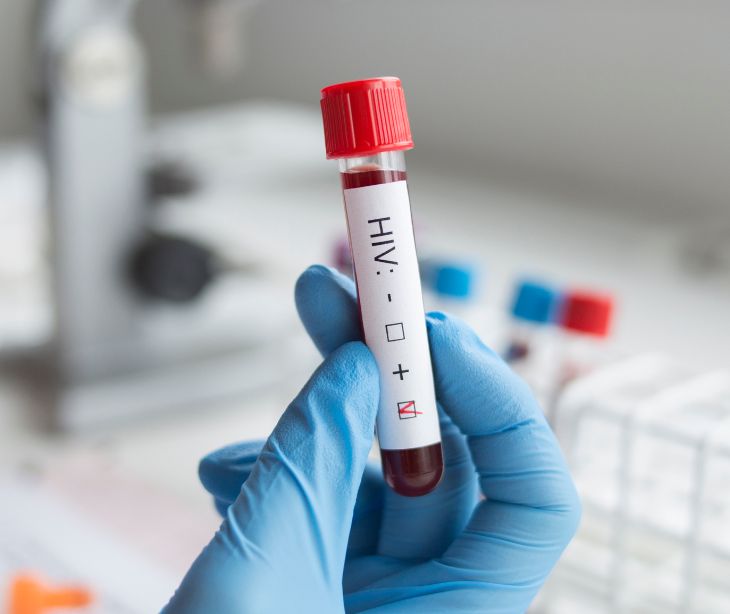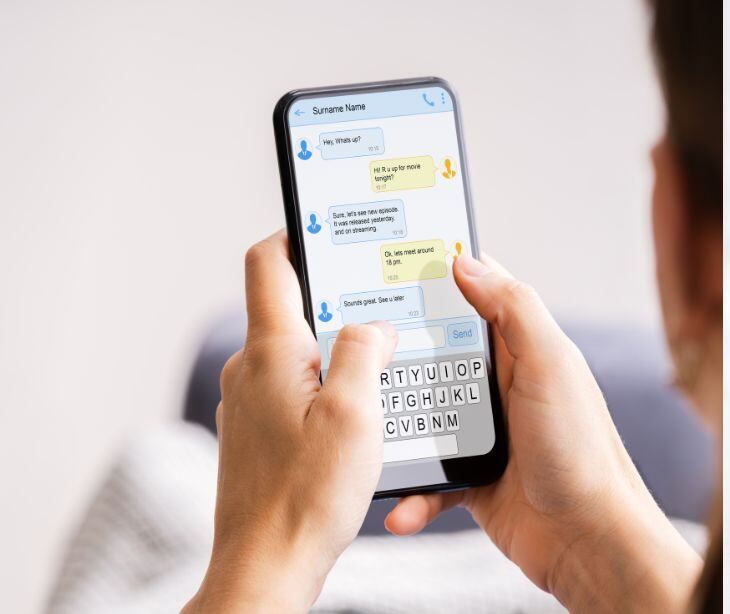3 min read
Using narrative medicine in HIPAA compliant text messaging
Kirsten Peremore
April 11, 2024

Narrative medicine transcends the traditional exchange of medical facts and figures, offering a more nuanced approach to patient care. This method gains empirical support from a study revealing that both primary care physicians and surgeons recognize the role of narrative medicine in healthcare. Particularly, primary care physicians build trust and ensure emotional readiness in patients, which are crucial for effectively eliciting their narratives. By using narrative medicine principles, such as active listening and empathy, in secure text messaging, healthcare professionals can gain a better understanding of patients' symptoms and improve diagnoses.
What is narrative medicine?
Originating from the work of Dr. Rita Charon and colleagues at Columbia University in the early 21st century, it seeks to address the entire experience of illness by considering not just the biological symptoms, but the life narrative of the person who is ill. A Social Change Review study stated that “Narrative medicine offers answers to today’s medical practice while being caught up in its growth as a science, medicine forgot that it is an art, and, as any other art, it must celebrate the birth of a story (Ofri 2006). Therefore, the medicine will seek more and more literary answers. The scientific literature has known lately a booming rise in the number of illness stories, both from patients and doctors. The aim is to counteract to the dehumanizing effects of technology development in medical sphere…”
This method involves healthcare providers actively listening to patients' narratives, interpreting their stories, and integrating these insights into clinical care. The process aims to create a deeper understanding between patients and healthcare professionals. The role of traditional medicine is to be intertwined with the stories of patients, seeing the narrative as a crucial tool for diagnosis, treatment planning, and establishing a therapeutic alliance.
See also: Using HIPAA compliant texts to enhance patient rehabilitation programs
Why narrative medicine is a useful tool in healthcare text messaging
Narrative medicine principles of listening, empathy, and understanding are extremely useful in text based communication. The integration of these into HIPAA compliant text messaging protocols and training programs allows healthcare providers to better recognize and respond to the subtleties of patients' experiences and needs.
For instance, by paying close attention to the language and stories shared in text messages, providers can grasp the medical facts and the emotional and personal contexts surrounding a patient's health issue.
This approach encourages more personalized and compassionate responses. It can also help guide providers to ask open-ended questions in their texts, inviting patients to share more about their experiences and perspectives.
How to integrate narrative medicine into HIPAA compliant text messaging
- Tailored health journeys via texting: Develop personalized health journey maps for patients, and use text messages to guide them through each step. These messages can include specific questions or prompts related to their current phase of treatment or recovery.
- Narrative check-ins for chronic conditions: For patients with chronic conditions, schedule regular narrative check-in messages that ask specific, open-ended questions about their daily experiences with their condition. These questions can be crafted to elicit information about how their condition affects their day-to-day life.
- Use of secure voice memo features: If the platform supports it, enable a secure voice memo feature that complies with HIPAA standards. Voice messages can capture nuances in tone and emotion that text may not, offering deeper insights into the patient's condition and well-being.
- Integration of patient-generated health data: Encourage patients to share their health data (e.g., blood sugar levels, blood pressure readings, mood tracking) alongside their narratives via text. This data, when combined with narrative texts, can give a fuller picture of the patient's health and how it's impacting their life.
- Dynamic response templates for providers: Develop dynamic response templates for healthcare providers that incorporate narrative medicine principles. These templates should be flexible enough to be customized for each patient's unique situation and narrative.
- Secure digital storytelling workshops: Organize digital storytelling workshops via text, where patients can learn how to articulate their health experiences more effectively.
See also: Top 12 HIPAA compliant email services
FAQs
How do I handle sensitive topics that arise in text conversations?
Always acknowledge the patient’s courage in sharing difficult experiences, offer support, and, if necessary, suggest a more private or secure method of discussion, such as a phone call or in-person visit, for further exploration of sensitive subjects.
What if a patient’s narrative reveals information that requires urgent medical attention?
Make sure that all communication adheres to HIPAA guidelines, especially in urgent situations, and that there are clear pathways for providing the necessary support or intervention.
How do I document narrative-based text interactions in the patient's medical record?
Develop a standardized method for summarizing and documenting narrative interactions in the patient’s medical record that captures the essence of the exchange.
Subscribe to Paubox Weekly
Every Friday we'll bring you the most important news from Paubox. Our aim is to make you smarter, faster.




